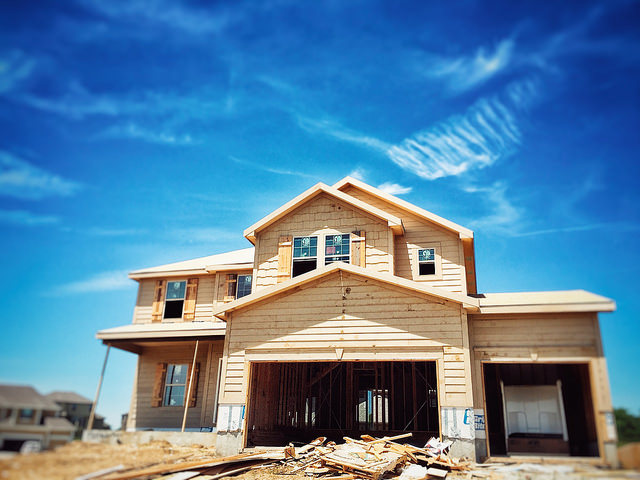There are typically several weeks between when a contract to buy a home is signed and when the home’s sale closes. During this time, the sale is considered pending. Once it closes, that pending sale will become a final sale. That’s why the National Association of Realtors’ Pending Home Sales Index keeps track of contract signings each month. They’re considered a good future indicator of where home sales numbers are headed. According to the NAR’s most recent release, signings dipped in August. In fact, pending sales fell 7.1 percent from the month before. Lawrence Yun, NAR’s chief economist, says the drop coincides with mortgage rate increases. “Mortgage rates have been rising … since August, which has diminished the pool of home buyers,†Yun said. “Some would-be home buyers are taking a pause and readjusting their expectations about the location and type of home to better fit their budgets.†Whether it was mortgage rates or the start of a late summer slowdown, the drop means existing-home sales data is likely to see a similar dip in the near future. (source)













